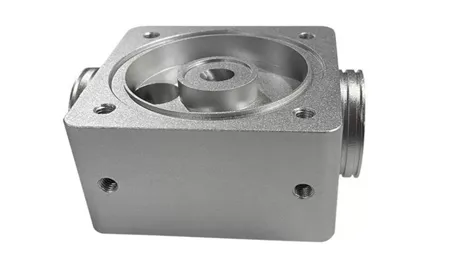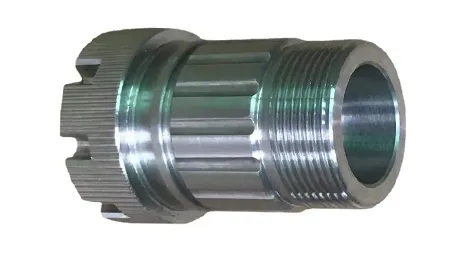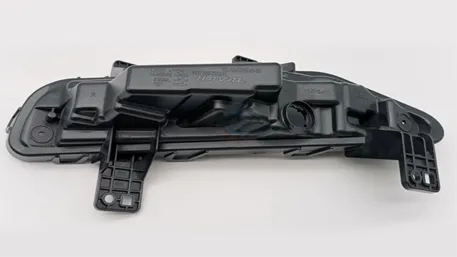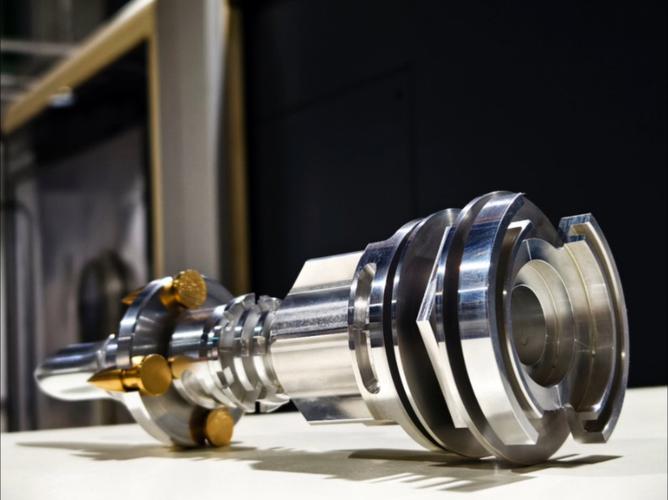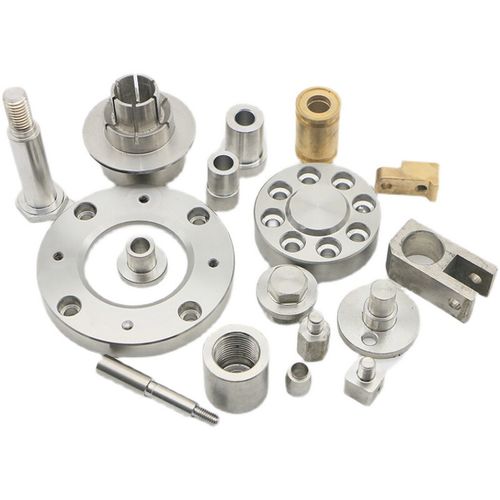In the field of machining, brass parts are widely used due to their good machinability and various excellent properties. As a machinist with rich experience, I would like to share some insights and experiences on machining brass parts with you here.
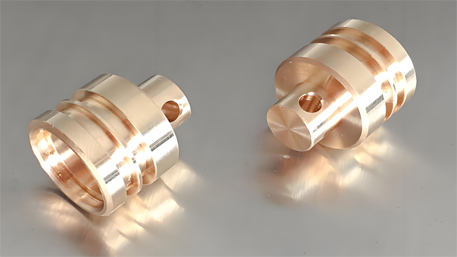
Characteristics of Brass Materials
Brass is an alloy mainly composed of copper with elements such as zinc added. It has the following remarkable characteristics:
Good cutting performance: The hardness of brass is relatively low, resulting in less cutting force and relatively light tool wear during cutting, which makes the machining process smoother.
Excellent electrical and thermal conductivity: This enables brass to be widely used in electronics, electrical and other fields.
Good corrosion resistance: It can maintain relatively good stability in some specific environments.
Tool Selection
For the machining of brass, cemented carbide tools are a common choice. The geometry of the tool should be optimized according to specific machining requirements.
For rough machining, tools with larger rake angles and relief angles can be selected to improve cutting efficiency.
During finishing, smaller rake angles and relief angles help to obtain better surface quality.
Setting of Cutting Parameters
Cutting speed: Generally speaking, the cutting speed for rough machining can be between 100 – 300 m/min, and for finishing, it can be appropriately increased to 300 – 500 m/min.
Feed rate: For rough machining, the feed per revolution can be between 0.2 – 0.5 mm, and for finishing, it is controlled between 0.05 – 0.2 mm.
Cutting depth: For rough machining, the cutting depth can reach 2 – 5 mm, and for finishing, it is usually controlled within 0.5 – 1 mm.
Cooling and Lubrication
Adequate cooling and lubrication are crucial for brass machining. Water-soluble cutting fluids can effectively reduce the cutting temperature, reduce tool wear, and improve the surface quality of the parts.
Meanwhile, good lubrication can also prevent the brass material from adhering to the tool, ensuring the continuity of machining.
Clamping and Positioning
Ensure the stable clamping of parts during the machining process to avoid dimensional deviations and poor surface roughness caused by improper clamping.
Reasonably select the positioning reference to ensure the consistency of machining accuracy.
Common Problems and Solutions
Unsatisfactory surface roughness: It may be due to inappropriate cutting speed, feed rate, or tool wear. At this time, it is necessary to adjust the cutting parameters or replace the tool.
Dimensional deviation: It may be caused by loose clamping, machine tool accuracy problems, or incorrect tool compensation settings. Check the clamping situation, calibrate the machine tool, and correctly set the tool compensation.
Although machining brass parts is relatively easy, to obtain high-quality parts, we still need to have a deep understanding and accurate grasp of material properties, tool selection, cutting parameters, etc. Through continuous practice and summarization of experience, we can achieve higher precision and efficiency in brass part machining.
I hope the above experience sharing can be helpful to you when machining brass parts. Let us continue to make progress together on the road of machining.

